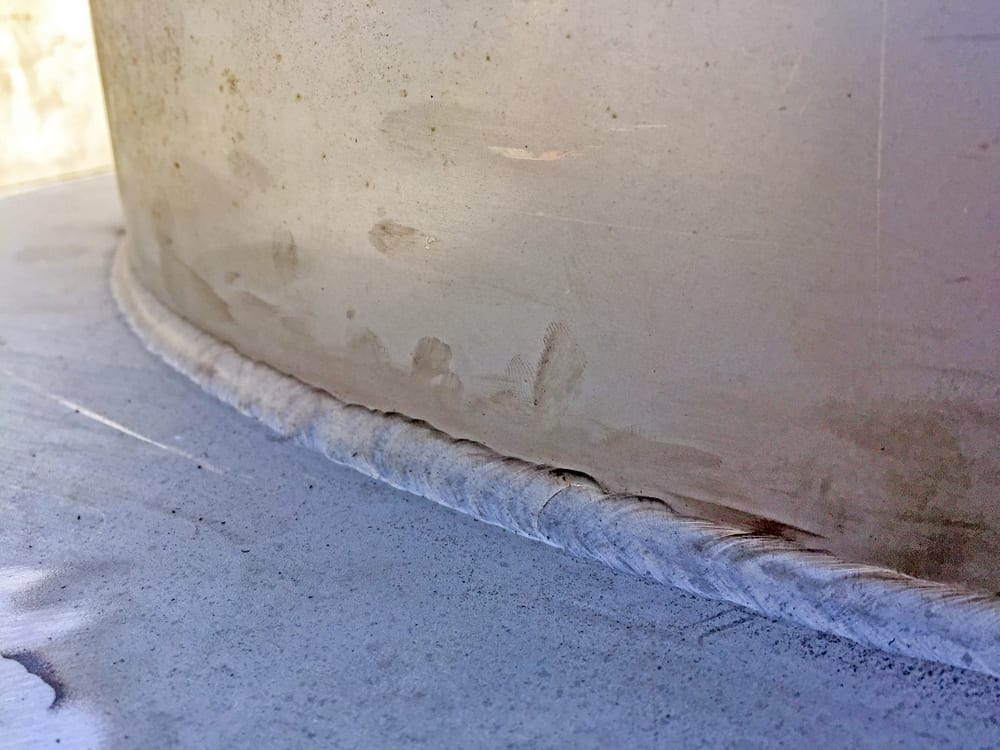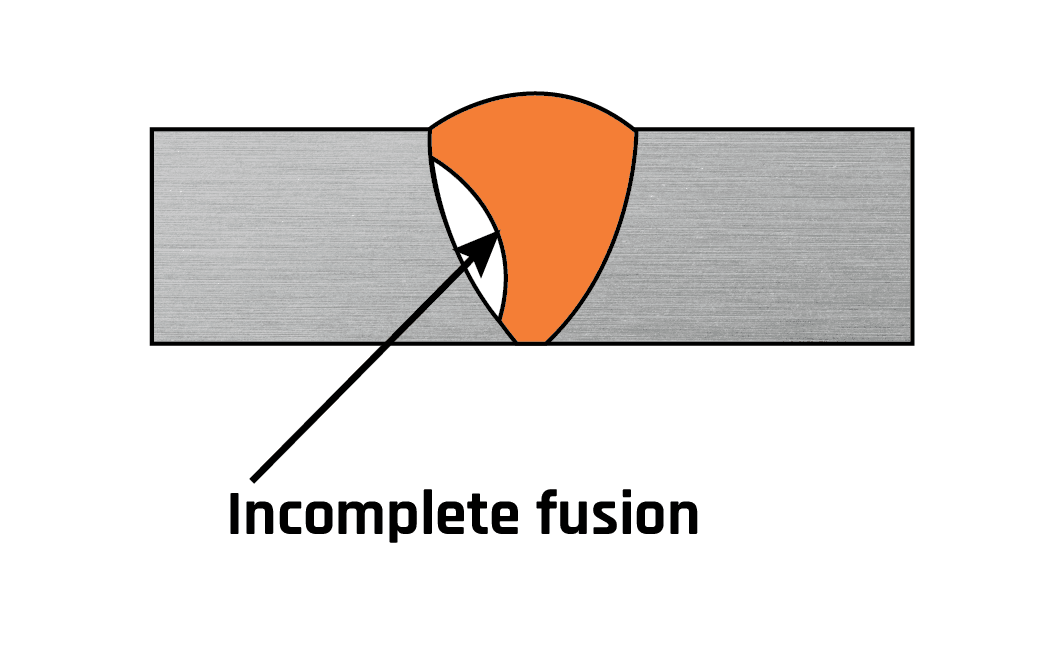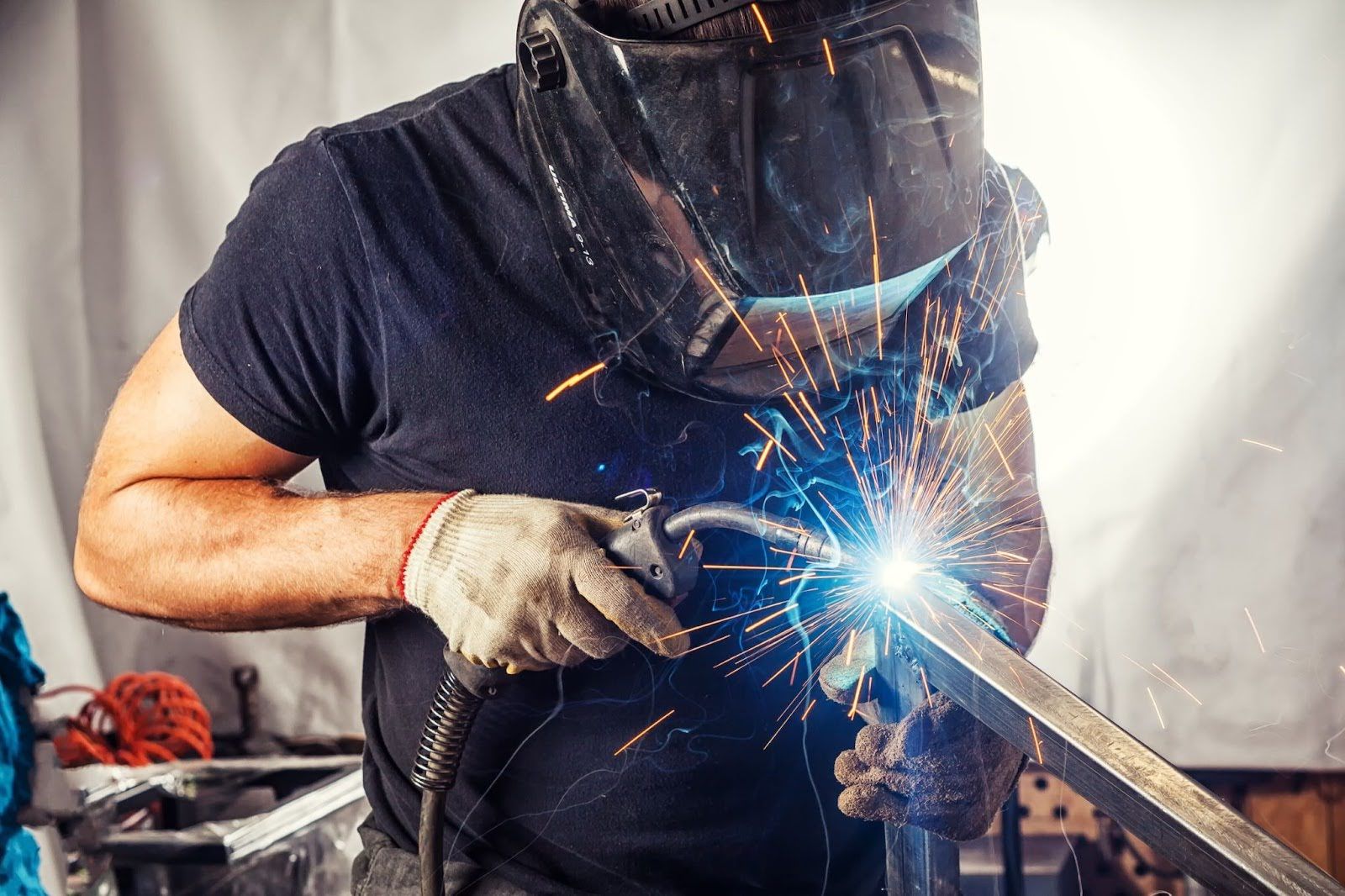Step-by-Step Overview to Preventing Weld Undercut in Different Metals
Step-by-Step Overview to Preventing Weld Undercut in Different Metals
Blog Article
Crucial Tips for Welders: Preventing Undercut Welding and Ensuring Stronger Weld Joints
In the world of welding, attaining resilient and solid weld joints is the cornerstone of producing high-grade job. One common obstacle that welders often experience is undercut welding, which can endanger the honesty of the weld joint.

Recognizing Undercut Welding
Undercut welding is a common welding defect that happens when the weld steel stops working to correctly fill up the groove and causes a groove-like anxiety along the weld bead. This defect compromises the weld joint, making it at risk to cracking and failure under stress. Damaging can be brought on by various aspects, including extreme welding existing, high welding speed, inappropriate electrode angle, wrong electrode size, and poor welding technique.
One of the main reasons for undercut welding is a discrepancy in between the welding existing and the welding rate. If the welding current is expensive or the welding rate is as well quickly, the weld metal might not effectively load the groove, leading to undercutting. Furthermore, making use of an electrode that is as well large can cause a similar end result, as the excess steel can not effectively flow right into the groove.
To stop undercut welding, welders ought to ensure they are using the appropriate welding specifications, maintain an appropriate electrode angle, choose the appropriate electrode dimension, and technique proper welding strategies. By dealing with these elements, welders can minimize the risk of undercutting and develop stronger, extra reputable weld joints.
Appropriate Welding Technique
Reliable welding strategy plays an essential role in making certain the quality and stability of weld joints. One essential element of correct welding technique is preserving the right angle and range in between the welding gun and the workpiece.
Additionally, a consistent and constant hand activity is important for developing strong and resilient weld joints. Welders should go for smooth, uniform activities to make sure also distribution of the weld product. Appropriate adjustment of the welding weapon and filler product is additionally crucial to attaining ideal infiltration and fusion.
Furthermore, managing the warmth input and selecting the suitable welding specifications based on the material being welded are crucial consider accomplishing premium welds - Preventing weld undercut. Welders must adhere to the suggested settings provided by welding procedure specs and readjust them as required based upon the details requirements of the task. By understanding correct welding strategies, welders can significantly boost the stamina and dependability of their weld joints
Selecting the Right Electrode
When taking into consideration the importance of picking the right electrode in welding applications,Maintaining the appropriate angle and distance between the welding gun and the workpiece is basic. The selection of electrode plays a crucial duty in determining the quality and strength of the weld joint. Electrodes are available in numerous kinds, each created for specific purposes and materials.
Firstly, choosing the suitable electrode size is vital. click this site Thinner electrodes appropriate for welding thin products, while thicker electrodes are better for thicker materials and higher heat applications. Matching the electrode diameter to the density of the work surface assists achieve a balanced weld.
Secondly, recognizing the material structure of the electrode is crucial. Different electrodes are designed for welding specific materials like steel, stainless-steel, aluminum, or cast iron. Making use of the correct electrode product makes certain excellent blend and decreases the risk of flaws in the weld.
Last but not least, taking into consideration the welding position and technique is crucial when picking the electrode type. Certain electrodes are better suited for vertical or overhead welding settings, while others function well for level or straight positions. Selecting the ideal electrode based upon the welding technique boosts the general weld high quality and honesty.
Preparing the Base Metal
To make sure an effective welding procedure, what initial steps should be taken when preparing the base metal for welding? Appropriately preparing the base steel is crucial for achieving strong and resilient weld joints. The very first step in preparing the base steel is to cleanse it completely to get rid of any pollutants such as rust, dirt, paint, or oil. This can be done utilizing a cable chemical, brush, or grinder solvents. Furthermore, any kind of existing weld product or residue from previous welding should be removed to ensure a tidy surface area for the brand-new weld.

Carrying Out Post-Weld Assessments

After performing these evaluations, welders should compare the results versus industry standards and job requirements to make sure that the weld joint satisfies all needed criteria. Any discrepancies or inadequacies found during the post-weld assessment should be without delay dealt with through ideal rehabilitative measures to ensure the weld's integrity. By diligently doing post-weld assessments and immediately addressing any concerns, welders can promote the top quality and dependability of their job, eventually contributing to the security and durability of the bonded structures.
Verdict

In final thought, stopping undercut welding and making sure stronger weld joints need a mix of correct welding method, choosing the appropriate electrode, preparing the base steel correctly, and conducting post-weld evaluations. By comprehending the reasons for undercut welding and carrying out the necessary precautions, welders can generate high-quality weld joints that meet sector requirements and ensure the structural honesty of the welded parts.
Undercut welding is a typical welding problem that occurs when the weld metal fails to correctly fill the groove and results in a groove-like depression along the weld grain (Preventing weld undercut). Undercutting can be triggered by various elements, consisting of extreme welding existing, high welding speed, inappropriate electrode angle, inaccurate electrode dimension, and inadequate welding technique
One of the major reasons for undercut welding is an inequality in between the welding current and the welding speed. If the welding current is also high or the welding rate is as well fast, the weld steel may not sufficiently fill the groove, leading to damaging.Preserving the right angle and range between the welding gun and the work surface is basic when taking into consideration the value of picking the appropriate electrode in welding applications.
Report this page